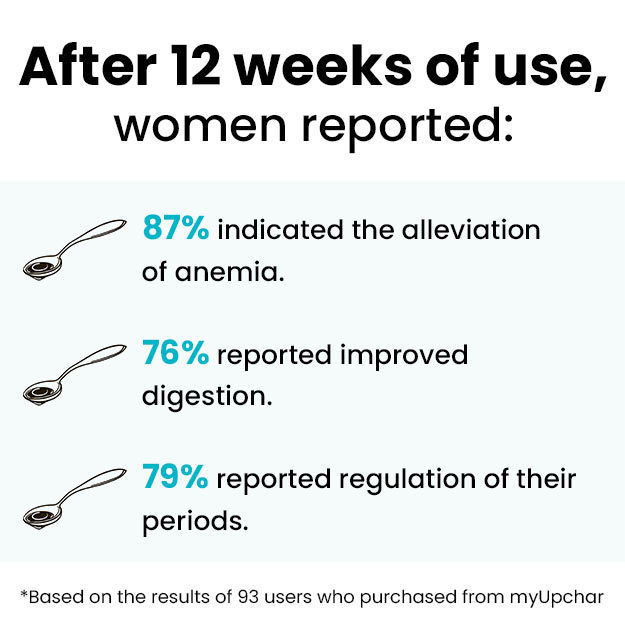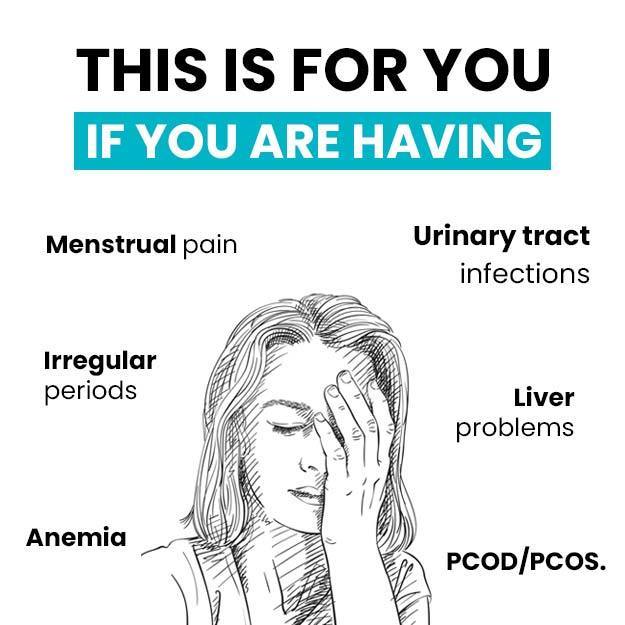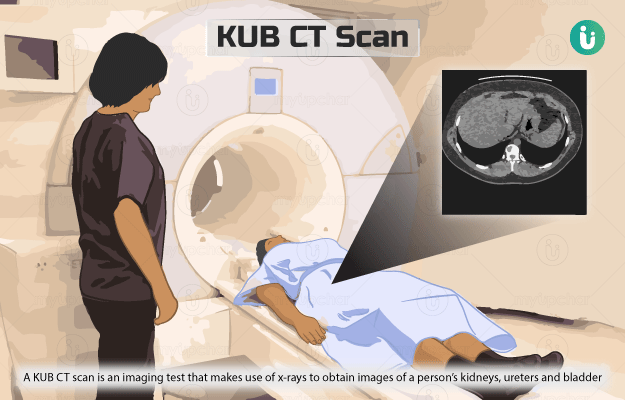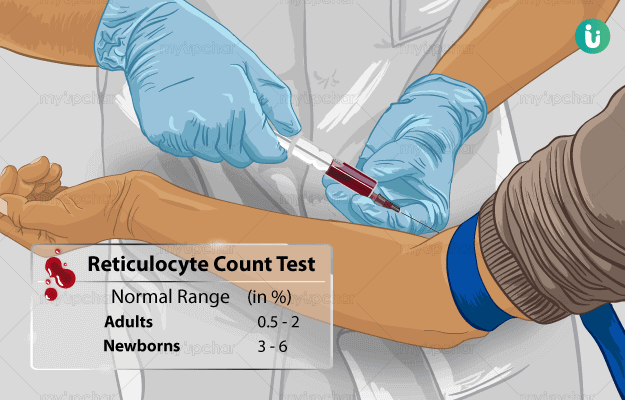What Is Urine Routine Test?
A urine routine test, which is also called urinalysis, involves a battery of microscopic, chemical and physical tests to detect and/or measure the presence of cells and cellular fragments, microorganisms like bacteria, and the by-products of normal and abnormal metabolism in urine.
Under normal conditions, kidneys filter waste from blood, aid in the regulation of water in the body. They also help in the conservation of vital components like electrolytes, and proteins in blood. thus, preventing their elimination along with waste products. Presence of a component that is not usually found in urine, e.g., proteins, may indicate a health condition and warrants further investigation.



































